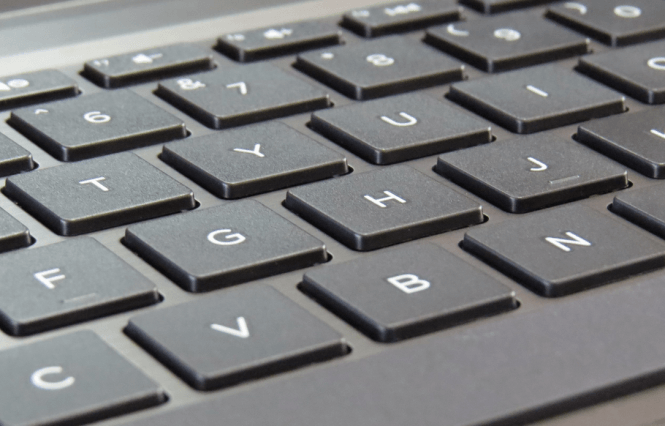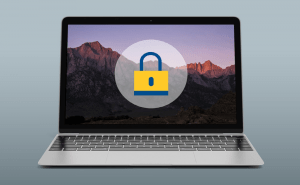 Troubleshooting your laptop keyboard
Troubleshooting your laptop keyboard
One of the things I mostly dislike about laptops is that they're very hard to fix. With a desktop, everything that gets broken can be easily replaced, while the same is not true on a laptop. Taking apart and then putting the laptop back together is actually quite complicated and even something as simple as a faulty keyboard can be a big problem. This is why, I've decided to write this short guide and give you a few tips on troubleshooting your laptop's keyboard.
Keyboard completely non-functional
So, if your keyboard has completely stopped working out of the blue and you have no idea what went wrong, the first thing that you need to find out is if it's a hardware or a software problem. To diagnose the issue, the simplest thing that you can do is to boot from a live Linux device (USB Stick, DVD, etc.) and see if the keyboard works in that operating system. If it does, then you're in luck and your problems are caused by a weird driver issue. Open the Control Panel, go to Hardware and Sound, then look for a small button named Device Manager and click on it. In the right-side panel look for the Keyboard category, double click your internal keyboard, then in the new window that opens up, go to Driver tab and click on the Uninstall button. Once the process is complete, reboot your Windows and the operating system will automatically reinstall the keyboard driver, so it should now be functional.
In case your keyboard doesn't work on Linux either, then you have a hardware problem. Unfortunately, if the entire keyboard stops functioning from a physical problem, you're probably going to need some professional assistance as you'll need to take your laptop apart. Your problems can vary from something as a power cable being out to something much more complicated, which may require you to change the keyboard completely.
Certain keys no longer working
If there are just some keys that no longer work, and you're sure that you haven't spilled anything on your laptop, then, probably, the problem is dust and other residues stuck under the keys. The easiest way to fix this is to buy an air can (they're not that expensive) and use the straw to angle the air flow under the keys that aren't working. That should push out the dirt from underneath, allowing the key to function properly again.
In case one of your keys got out of its socket and it doesn't look like it's broken, you can put it back by yourself. When my cat decided that my laptop had too many keys, I had to look up a tutorial on YouTube on how to put key back on laptops from my specific brand, so if you can't figure things out on your own, I suggest you do the same.
Now, when you've learned about troubleshooting your laptop's keyboard, you may also want to read: "What to do if you spill liquids on your laptop" or "How to fix touchpad-related issues on Windows 10".



